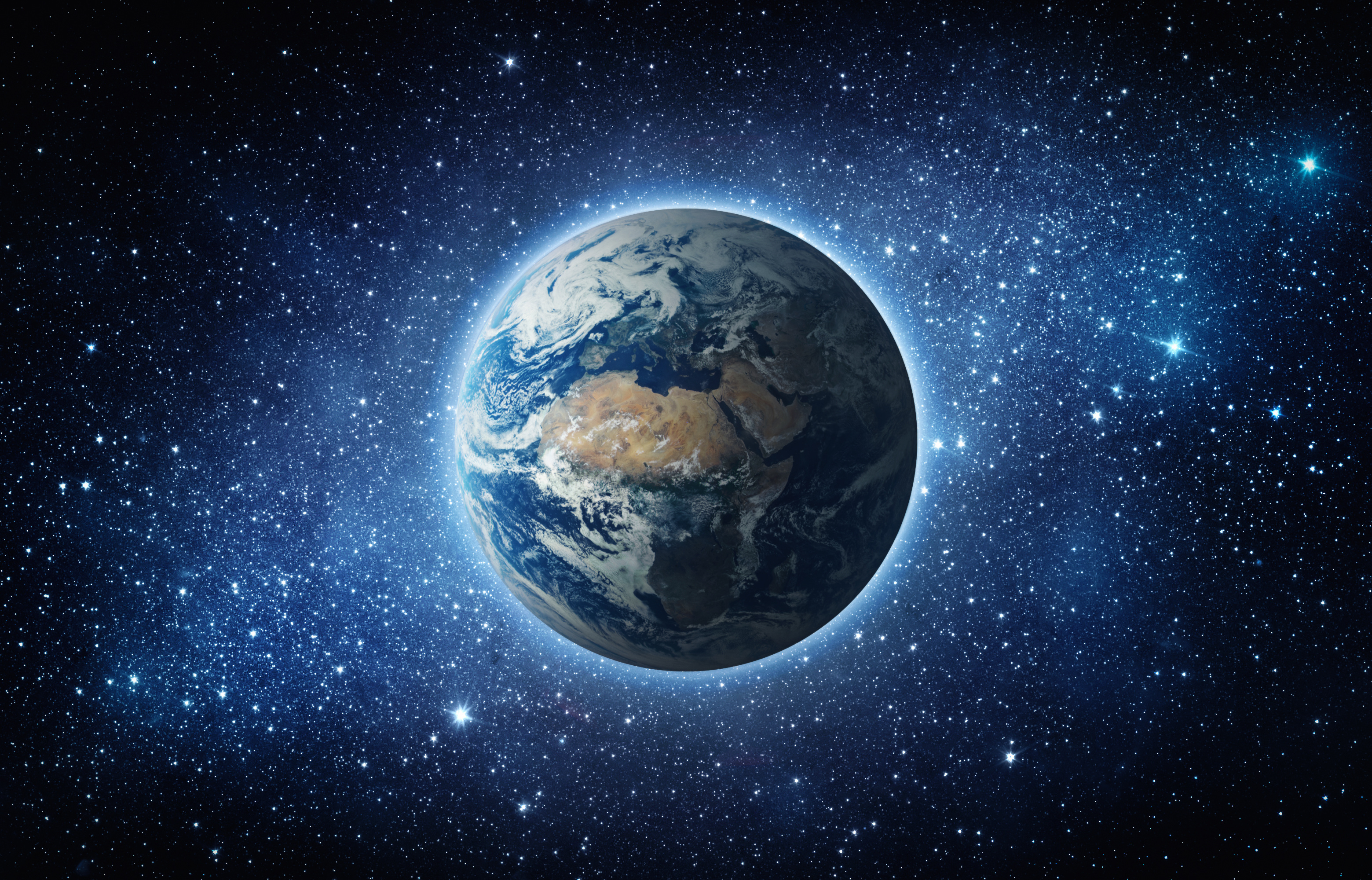When we look at Earth from space today, we see a pale blue dot—a planet dominated by vast oceans that shimmer under the sunlight. But what if our oceans weren’t always blue? According to recent research, Earth may have had green oceans for billions of years before they finally took on their familiar blue hue.
Scientists believe that sometime between 3 billion and 600 million years ago, Earth’s oceans had a very different appearance. Instead of reflecting blue light, they may have been glowing green due to iron-rich waters. During this time, the oceans contained large amounts of iron hydroxide.
For those who don’t know the ins and outs of chemistry and light, the heavy iron hydroxide content would have absorbed blue light, while the water itself absorbed red light. Naturally, this would have left a dominant green light spectrum, making the oceans appear green.
However, during this period, cyanobacteria, the first photosynthetic organisms on Earth, began to evolve in these iron-rich waters. Unlike modern plants, which mainly use chlorophyll to absorb blue and red light, early cyanobacteria developed special pigments called phycobilins. These green-light-absorbing pigments allowed them to thrive in their unique environment.
Scientists tested this theory by simulating ancient ocean chemistry and growing cyanobacteria under green light conditions. The results confirmed that green-light-adapted cyanobacteria grew faster, suggesting that this adaptation was a major evolutionary advantage, and adding evidence to claims that Earth’s oceans were once green.

But the green was not destined to last forever. As cyanobacteria flourished, they produced oxygen through photosynthesis, gradually altering Earth’s atmosphere and oceans. The oxygen reacted with dissolved iron in the seawater, forming iron oxides that sank to the ocean floor. This process continued for billions of years, eventually removing most of the iron content from the water itself.
By 600 million years ago, Earth’s oceans had changed drastically. Without large amounts of iron hydroxide to absorb blue light, the oceans finally took on the deep blue color we see today instead of the green scientists theorize once dominated ancient times.
Of course, understanding the history of our oceans and the color changes they have undergone can do more than just teach us about our planet. Scientists searching for alien life may be able to use this information in their search for alien life on other planets, too.
Scientists searching for alien life typically look for oxygen in planetary atmospheres as a biosignature that life exists there. However, this new research suggests that green oceans could also be a key sign of very early life on distant exoplanets.
If we discover a green-tinted world, it could mean that early photosynthetic organisms are thriving there, just like they once did on ancient Earth. Earth’s green oceans may be long gone, but that doesn’t mean we won’t find other oceans like them out there.








